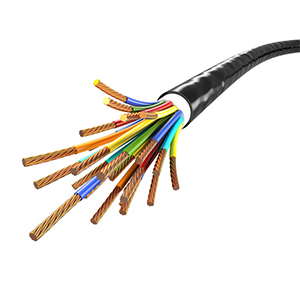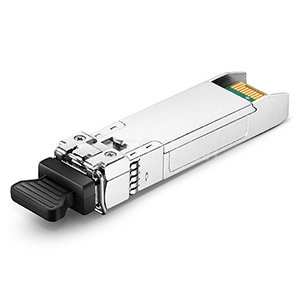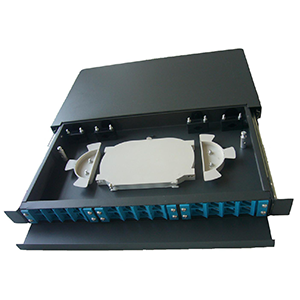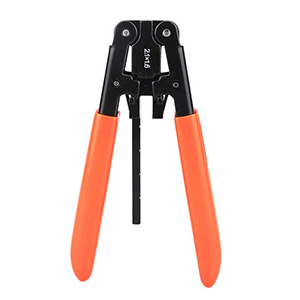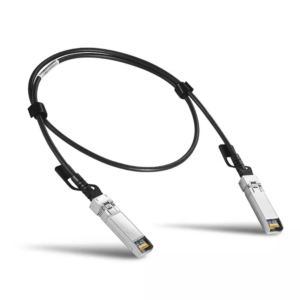In today’s digital era, high-speed and reliable data transmission has become a core need of modern society. As one of the key technologies to meet this demand, fiber optic cables are increasingly being adopted. As a light-based transmission medium, fiber optic cable not only plays an important role in the field of communications, but is also widely used in industrial, commercial, and medical fields. This article will introduce the definition and basic principles of optical fiber cables, explore its applications in various fields, and look forward to the advantages and future development trends of optical fiber cables.
Definition and basic principles of optical fiber cable
Fiber optic cable is an Ethernet cable that consists of one or more optical fibers used to transmit data. It is a cable-like component used to carry light, and optical cables are much more expensive than copper cables. Fiber optic cables are designed to use pulses of light to support long-distance telecommunications and high-speed data transmission. Typically, fiber optic cables can run at speeds of 10Gbps, 40Gbps, or even 100Gbps. As such, it is used in most of the world’s Internet, cable television, and telephone systems.
Fiber optic cable consists of five parts: core, cladding, coating, reinforcing element and outer sheath. The core is a very thin strand of glass or plastic called an optical fiber. The cladding is an insulating sleeve that tightly surrounds the “core”, providing a lower index of refraction for the fiber to work. Coating is the protective layer of optical fiber. Reinforcement elements or stiffeners help protect the core from extrusion forces and excessive tension during installation. The outer sheath is used to protect the cable from environmental hazards.
Applications of optical fiber cables in the field of communications
-
Optical fiber communication network
Optical fiber cables are an important part of building modern communication networks, which enable long-distance, high-speed and large-capacity data transmission. Optical fiber communication networks are not only widely used in telephone and Internet transmission, but also support applications such as audio and video streaming, mobile communications, and cloud computing. -
Fiber optic broadband access
Fiber optic cables provide high-speed broadband access services to homes, businesses and institutions, meeting users’ needs for high-speed Internet. Fiber optic broadband access features stable, high-speed and symmetrical upload and download rates, providing users with a better network experience. -
Fiber to the home (FTTH)
Fiber-to-the-home technology extends optical fiber to users’ homes or units to achieve high-speed network access and multimedia transmission. FTTH technology not only provides higher bandwidth, but also supports applications such as high-definition video, smart home, and the Internet of Things, bringing more convenience to users.
Fiber optic cable applications in industrial and commercial areas
-
Data center
Fiber optic cables are used within data centers for high-speed data transmission, connecting servers, switches and storage devices. The high bandwidth and low latency characteristics of fiber optic cables provide reliable support for the efficient operation of data centers. -
Camera surveillance system
Fiber optic cables can be used in long-distance video surveillance systems to transmit high-quality video signals and control signals. The anti-interference performance and long-distance transmission capability of optical fiber cables make the monitoring system more stable and reliable. -
Audio and video transmission
Optical fiber cables are widely used in audio and video fields, such as audio equipment, audio interfaces and high-definition video transmission. Optical fiber cables can transmit high-quality audio and video signals and are anti-interference and low-loss.
Fiber optic cable applications in the medical field
-
Medical Imaging
Fiber optic cables play an important role in medical imaging equipment, transmitting image and video signals to displays, such as endoscopes and optical microscopes. The high transmission quality and flexibility of fiber optic cables provide clearer and more precise images for medical imaging. -
Laser Treatment
Fiber optic cables are used to transmit laser beams to surgical instruments, medical equipment, and laser therapy equipment. The high heat resistance and high energy transmission capabilities of fiber optic cables make the laser treatment process more precise and safer.
Optical fiber sensing applications
-
Temperature sensing
Fiber optic cables utilize optical properties to achieve high-precision temperature sensing and are widely used in industrial monitoring and environmental monitoring fields. Fiber optic temperature sensing technology has the characteristics of fast response, high accuracy and anti-interference. -
Pressure sensing
Fiber optic cables can be used to measure and monitor pressure changes in areas such as pipelines, oil wells and geological exploration. Optical fiber pressure sensing technology has the characteristics of high sensitivity, resistance to electromagnetic interference and long-distance transmission.
Advantages and development trends of optical fiber cables
-
High bandwidth and large capacity: Fiber optic cables have high bandwidth and large capacity transmission capabilities to meet the growing demand for data transmission.
-
Long-distance transmission: Compared with traditional copper cables, optical fiber cables have lower signal attenuation in long-distance transmission and have better signal quality and transmission distance.
- Anti-interference: Optical fiber cables have high anti-interference ability against electromagnetic interference and lightning interference, ensuring the stability and reliability of data transmission.
In the future, the development trend of optical fiber cables will continue to move towards higher speeds, larger capacity and lower costs. With the popularization of 5G and the Internet of Things, the demand for high-speed and reliable data transmission will further increase, and optical fiber cables will play a more important role.
As a key technology for modern communications and data transmission, optical fiber cables have been widely used in communications, industry, commerce and medical fields. Its high bandwidth, long-distance transmission and anti-interference performance make it an ideal choice to meet the growing data transmission needs. As technology continues to evolve, fiber optic cables will continue to drive innovation in communications and data transmission, connecting our digital world.


